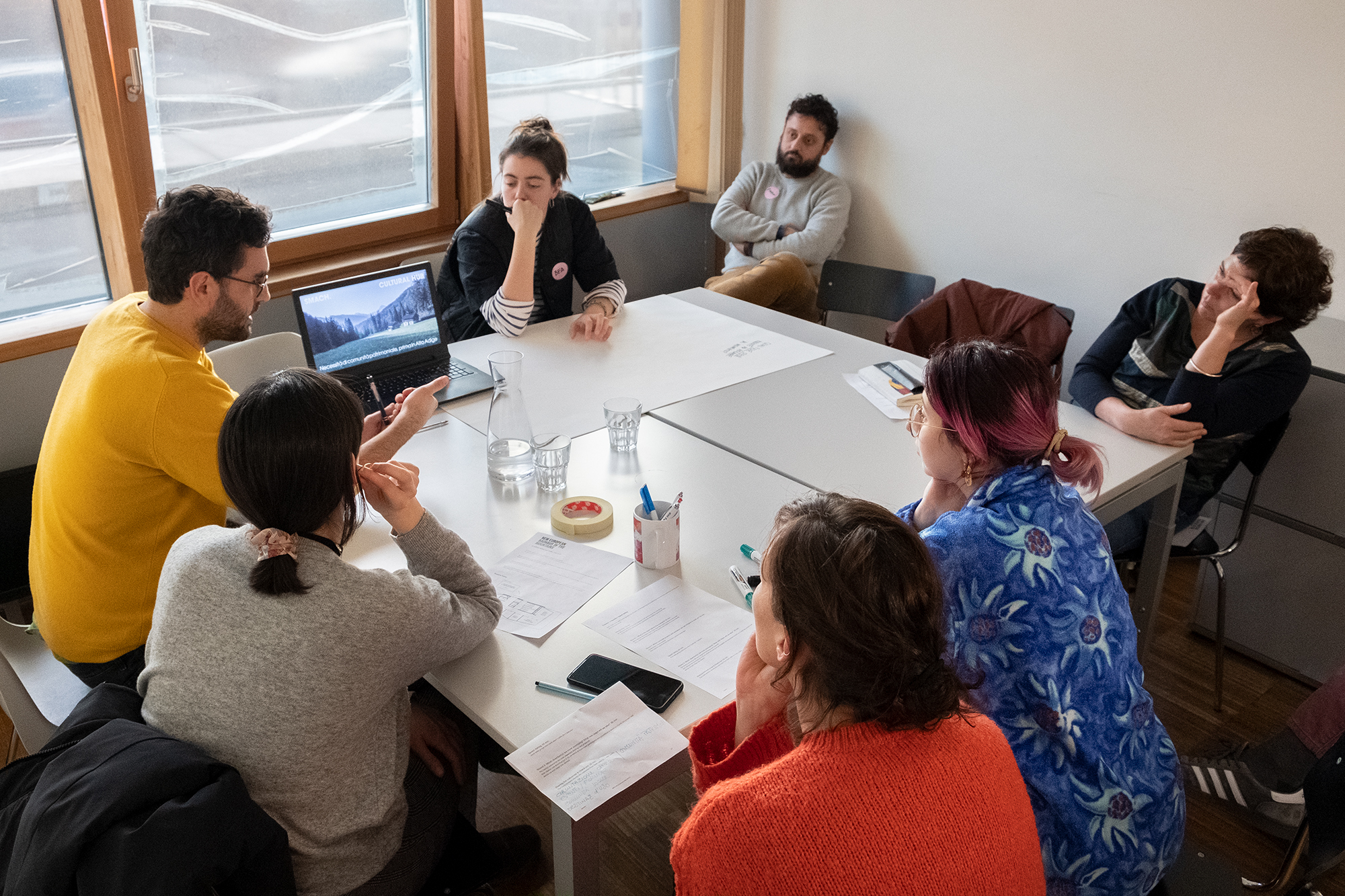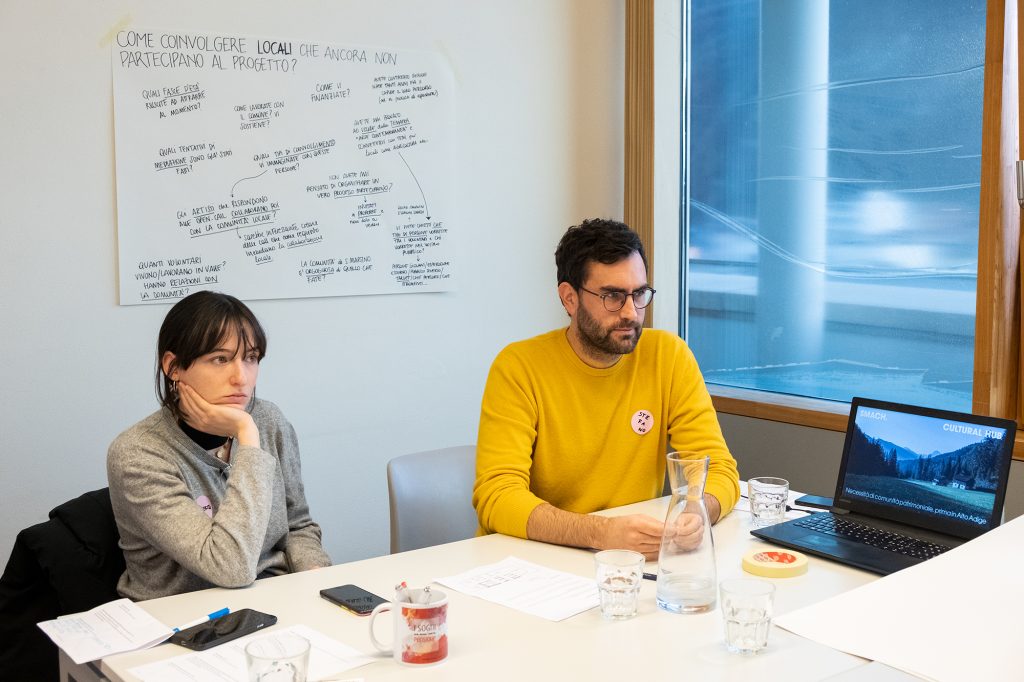
SMACH. Constellation of Art, Culture and History in the Dolomites
San Martino in Badia, where SMACH is based, is not the classic village in the Dolomites. It does not live on tourism, but on industry, social welfare services and culture. The village is home to the Ladin Museum, the Ladin Institute, the Ladin Union, the Pedagogical Center and the Val Badia Youth Center. These are institutions whose value and usefulness extend beyond the borders of the village but are nevertheless little visited and recognized by the community. This is happening because today young people are leaving for both training and employment reasons and because today the village is almost the “dormitory district” of the valley where they return only in the evening to rest, all of which creates a lack of social cohesion, a sense of belonging, and knowledge of the village and its heritage.
In this context also SMACH is known and appreciated more internationally than locally: this is despite the fact that it has recently set up, in an abandoned and uninhabited valley in San Martino, a land art park – with 24 works by contemporary artists installed in 25 hectares of forest and pastureland – that is unparalleled in the entire province and which was very useful and attended during the various lockdowns during the covid.
Reflecting on the current state, we became aware that the disconnect between our fellow citizens, cultural institutions, and knowledge of and attachment to the historic, artistic and natural heritage of the hamlet is due to the lack of an inclusive strategy. Today we want to remedy this and, taking a cue from the acronym at the heart of SMACH.’s vision, create a constellation of art, culture and history. The focus of the January 26 table was on how to reactivate the community and how to approach it ourselves.
We would like to achieve:
We want to take our cue from the guidelines dictated by the Faro Convention on the Protection and Promotion of Cultural Heritage, to activate citizenship in processes of social cohesion and knowledge, preservation, and storytelling of their territory.
This could lead to more focus on nature, culture, and sustainable tourism and less on money, big numbers, and mountains packed with people.

Who will benefit?
- us
- the local population
- the municipalities
- the tourists
- nature
What Challenges we see:
People, entrepreneurs, and even local governments here are, in general, interested in making money, in maintaining, or increasing, the status achieved in economic terms and then spend the money on things like: cool clothing, cool sports equipment, exotic vacations, expensive cars, etc. We are generalizing, but it is very often like that, unfortunately, and we live it every day.
Tourism was born because of alpine sports and the beauty of the landscape so it is hard (and provincial policies help to maintain this mindset with very permissive laws, that it is okay to keep making new cable cars, widening slopes, trails, building hotels, making mountain roads usable for cars, motorcycles, etc), to make the local administrations, people, and also tourists, understand that culture is important. That awareness of one’s roots and tradition also is but so is the search for new forms of expression and creativity.
Besides, local people are not very attracted to new things that they find difficult to understand, so one of the challenges will be to mediate and facilitate the understanding of these new forms of creativity and expression.
What we need:
#Money #Collaborators #Mediators #Design thinking experts #Solidarity #Support #Multipliers
Next Steps
With the arrival of spring, we will reactivate guided tours in the Val dl’Ert and also activate classes (drawing, ceramics, DIY, photography) for children and adults that will always be held in the public art park in nature.
Then in July, we will inaugurate the sixth edition of the Biennial for which we are imagining a series of events that can involve the population. In the meantime, we will hold the opening no longer in a farmhouse outside the village, but in the centre of the village, trying to also open the gardens and the balconies of some private homes for concerts, performances, etc.
This is in order to try to activate the citizenry.
In addition, the festival, not the cultural part but the drinking and eating part, will be held in collaboration with a local association.
The Biennale 2023, the guided tours, courses, etc. will occupy us almost full-time until September. During the fall we will focus on finding new funding to be able to get the money to pay another person who can devote him/herself-themselves, having the skills, in a process of design thinking and audience engagement that ideally will lead, in accordance with the Faro Convention, to the creation of the heritage community of San Martino in Badia.
Committed persons & Contact
